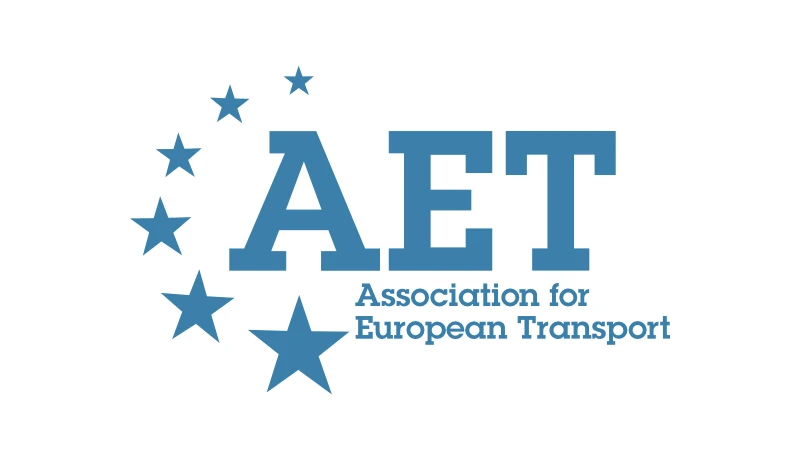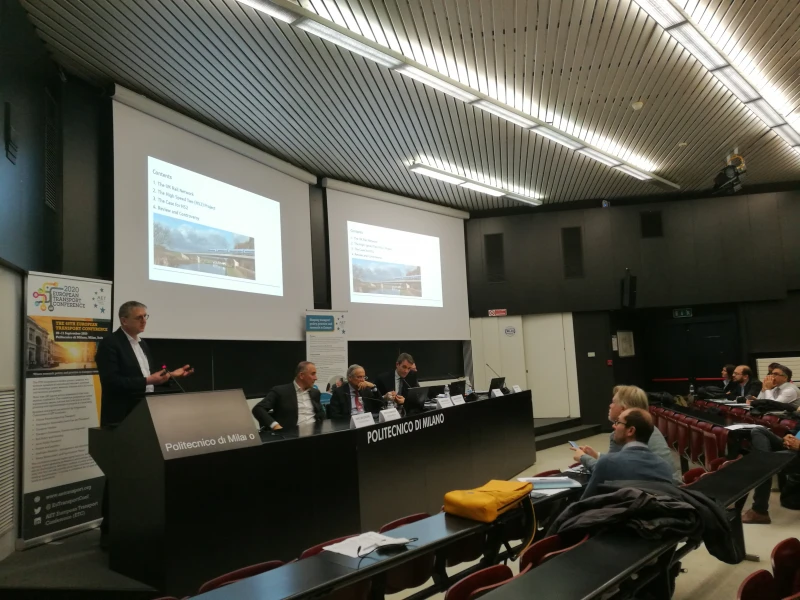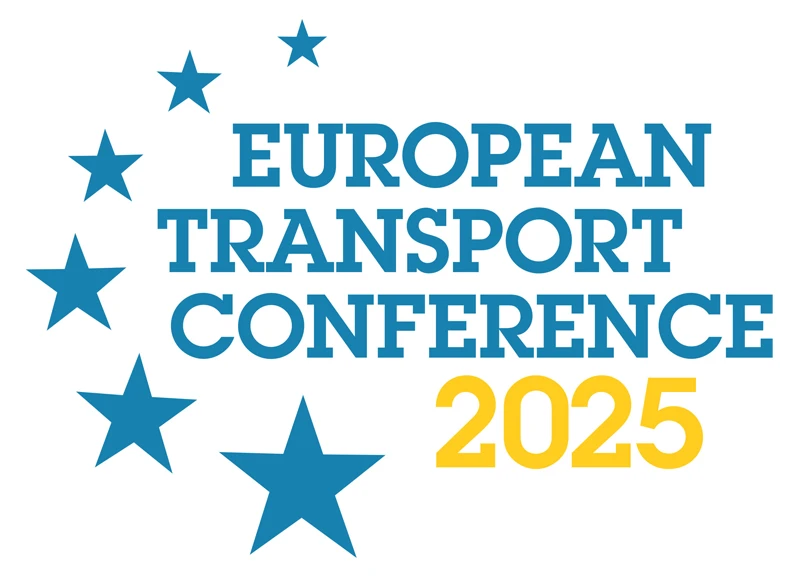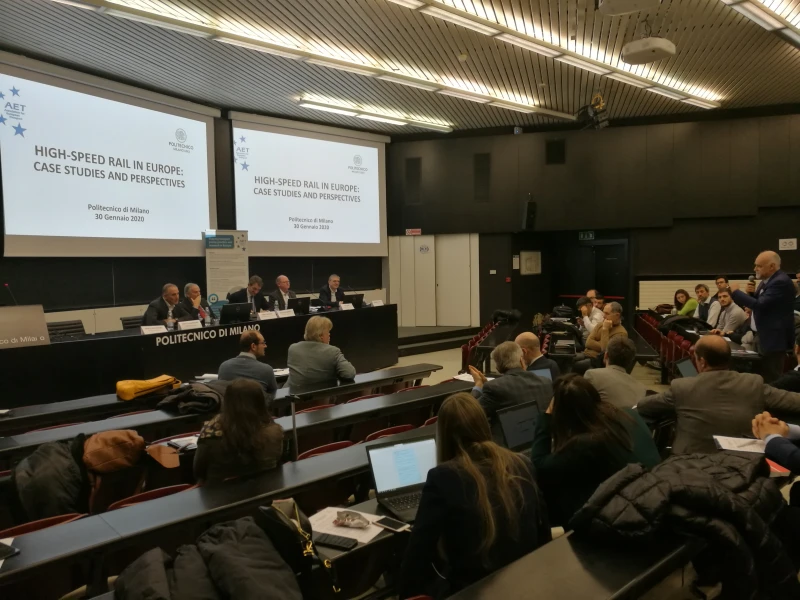-
Past ETC Papers
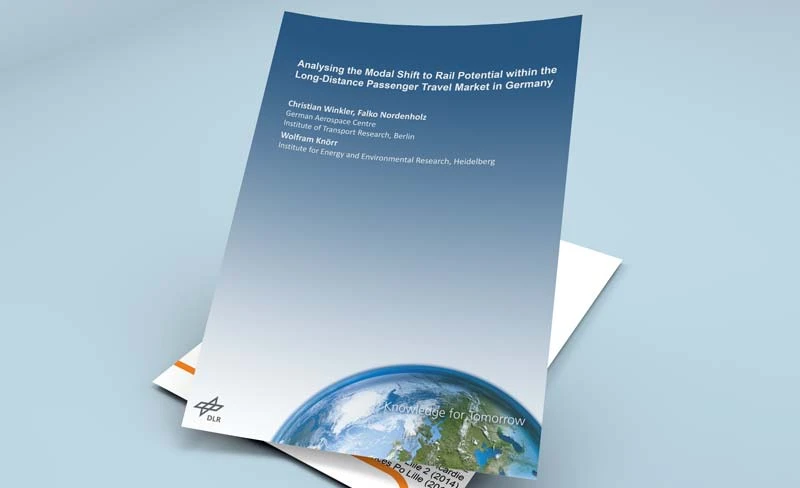
Browse, search and view papers from the past AET Conferences.
-
Members' Area
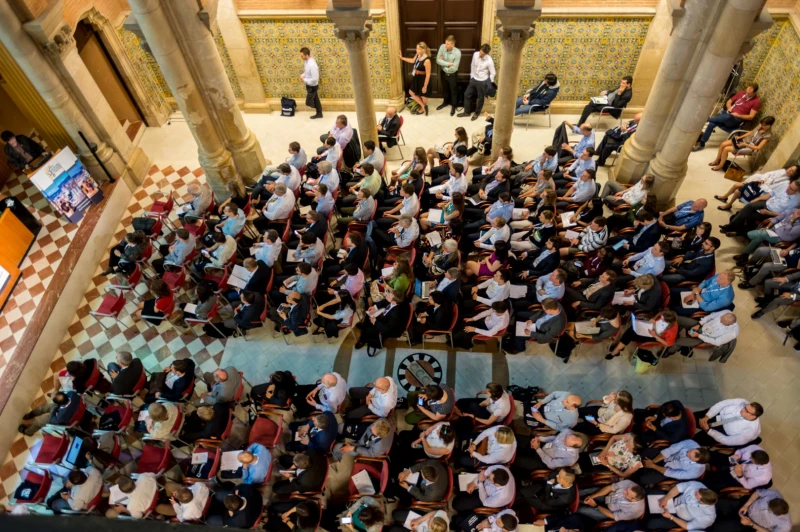
AET promotes networking and exchange of ideas, information and opportunities amongst members.
Conference Papers 2018
Dublin, Ireland
ETC Conference Papers 2018
A passenger-oriented framework to assess disruption management strategies in rail-bound urban public transport
Seminar
Day 1 (10 Oct 2018), Session 3, Case Studies, 16:45 - 18:15
Status
Accepted, awaiting documents
Submitted by / Abstract owner
Dennis Roelofsen
Authors
D.S. Roelofsen (Goudappel Coffeng, Mobility Consultants)
O. Cats (Delft University of Technology, Department of Transport & Planning)
N. van Oort (Goudappel Coffeng, Mobility Consultants & Delft University of Technology, Department of Transport and Planning)
S.P. Hoogendoorn (Delft University of Technology, Department of Transport & Planning)
Short abstract
A generic framework to generate and assess different disruption management strategies (detouring and short-turning) from a passenger perspective, when faced with disruptions in rail-bound urban public transport.
Abstract
CONTROL OF PUBLIC TRANSPORT SYSTEMS
Service reliability of public transport systems is widely considered as one of the most important service aspects in the evaluation of its quality (Redman, Friman, Gärling & Hartig, 2013). Disruptions in operations highly affect the reliability of public transport systems by late, early or no arrival of vehicles, leading to higher waiting times and thus travel times (Van Oort, 2016). Furthermore, re-routing of vehicles (generally) causes longer trip times and possibly skipped stops, while cancellation of services causes crowded and thus less comfortable trips.
Previous research showed that current disruption management protocols are mainly focused on the operator perspective (Carrel, Mishalani, Wilson & Attanucci, 2013; Cats, 2014). No comprehensive framework is available which explicitly takes passenger impacts of disruptions and implemented measures into account. Insights in these impacts are necessary, in addition to the operator perspective, in order to support well-informed decision making on managing operations during disruptions. The objective of this research is to provide a framework to be used in disrupted operations in rail-bound urban public transport systems, which generates and assesses alternatives while accounting for both passenger and operator perspectives. Two commonly used measures by traffic controllers have been investigated, namely detouring and short-turning.
FRAMEWORK TO GENERATE AND ASSESS ALTERNATIVES
The proposed framework consists of two parts: the generation of routing alternatives and the assessment of alternatives. For the generation model, the k-shortest path algorithm is used. This results in the set of all possible detours. Using a series of filtering rules, a subset of detours to be further assessed is attained.
Besides detour alternatives, short-turn alternatives are also taken into account. These alternatives are generated by comparing the short-turn possibilities in the network. The set of possible short-turning locations for a given disruption is generated as a subset of short-turning locations which is given as an input.
After the alternatives are generated, they are assessed from both the passenger and operator perspective. To determine the consequences for the total generalized travel time (TGTT), historical data of passenger flows (derived from smartcard data) is used as model input. The passenger impacts of the different alternatives is determined using passenger route choice preferences when encountering a disruption, such as walking to another stop if their stop is skipped or waiting until the disruption is resolved.
Given this expected behaviour, passenger travel times associated with each alternative are calculated. The total travel time per trip element is then weighted using generally accepted weighting factors, representing the different passenger perceptions of the various trip elements. As for the resource perspective, the resource delay in minutes per vehicle at the destination terminal is used as a proxy. Since the logistics of vehicles and personnel might be affected fundamentally by short turning (vehicles will not reach the final terminal), we used expert judgment of operators and (strategic) planners for this aspect.
CASE STUDIES AND RESULTS
The developed framework is applied to four (hypothetical) disruption locations in The Hague, the Netherlands. To see the effect of different passenger demand levels, for each of the four locations, two different passenger demand levels were taken into account (morning-peak and off-peak).
The case studies showed that different passenger demand levels affect the outcome in terms of the alternative resulting in the lowest TGTT. Only in one out of eight cases, the current disruption management protocol yielded the least impedance for passengers on the disrupted line. Further analysis of the current disruption management protocols showed that these are mainly driven by the operator perspective, minimizing resource delay.
CONCLUSIONS AND DISCUSSION
Based on the characteristics of the different locations and the outcomes in terms of passenger impacts on the disrupted line, three variables have been identified which are of key importance when considering detouring or short-turning while managing disruptions: (i) the ratio between passengers benefited by detouring versus passengers benefited by short-turning; (ii) the distance between the two short-turning stops, and; (iii) the detour length. Based on the values of these variables, a decision tree is provided leading to the favourable alternative from the passenger perspective.
This framework proved to be mainly suited for usage as support for traffic controllers, either tactical in the construction of disruption management protocols, or real-time as part of a decision support system. Furthermore, it can be used in strategic/tactical planning, for instance to assess (some of) the benefits of adding additional infrastructure, or assessing benefits of additional slack time in the resource schedules.
Programme committee
Local Public Transport
Documents:
No documents yet.
Association For
European Transport
Forester House
Doctors Lane
Henley-in-Arden
Warwickshire, UK
B95 5AW
+44 (0) 15 64 793552
VAT number: 710 1866 64
Conference Supporters & Endorsers




Legal Entity
The Association for European Transport is registered as an Association ('vereniging') with the Chamber of Commerce for Haaglanden in The Netherlands under company number 27170096.
Built on Zenario

